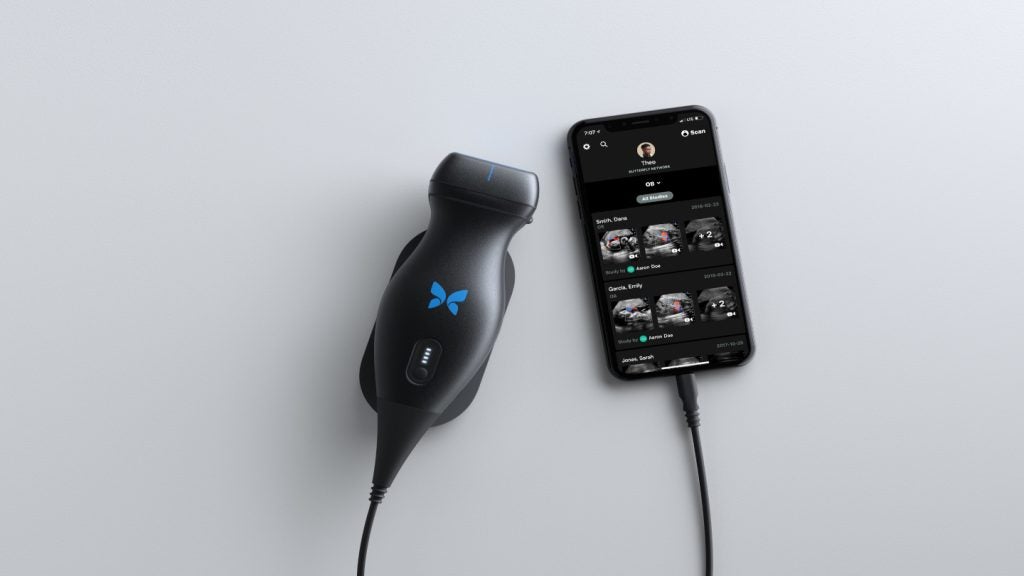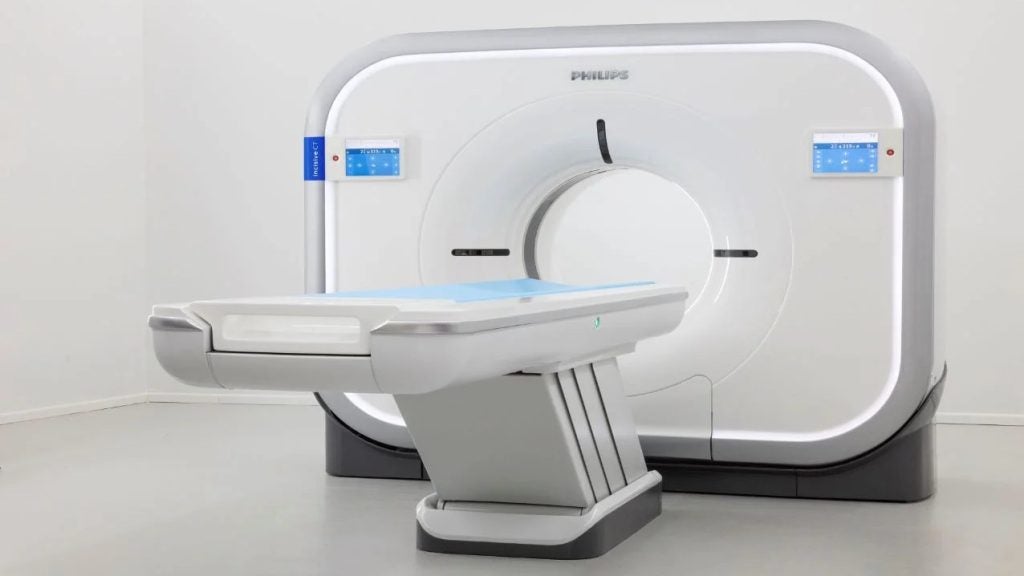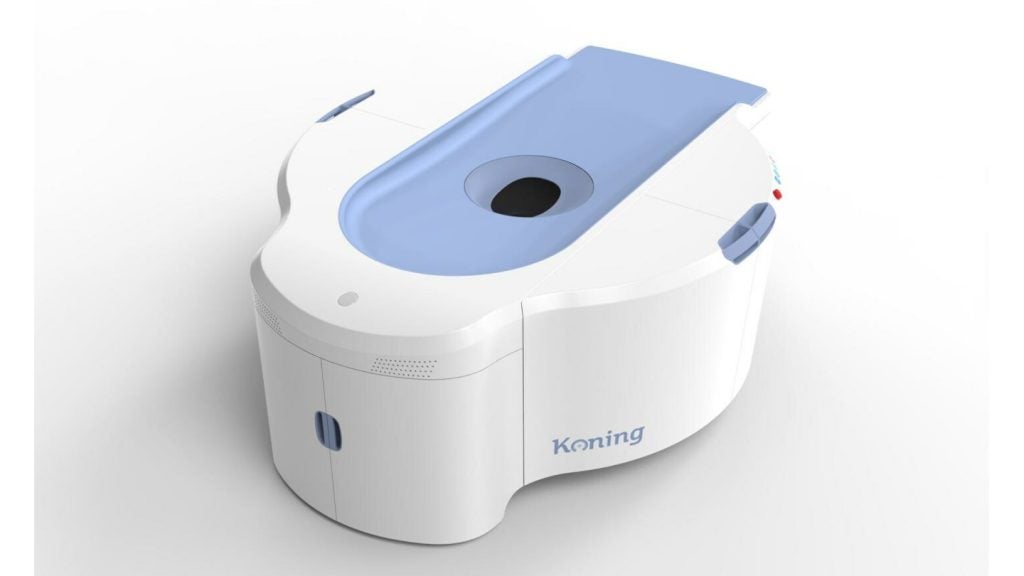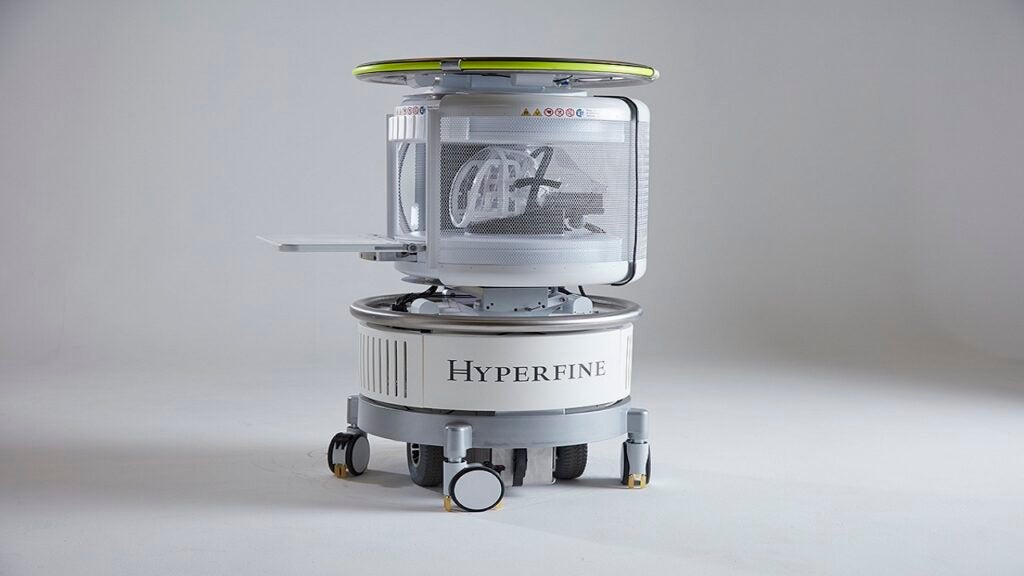
The exacting power demands of neurostimulators and new-generation implantable medical devices are being met by an innovative new battery technology.
Implantable medical devices save people’s lives and improve quality of life. Among recent advances in medical devices, a new generation of implantable neurostimulators are being developed and introduced to the market, which is expected to expand quickly.
Neurostimulators demand power sources that can provide microampere-level current with intermittent milliampere-level current pulses to deliver therapy. To better serve patients and improve information exchange between patients and doctors, data transfer between implantable medical devices and monitoring stations has been upgraded in new-generation device designs. In addition, various methodologies for patient notification for device replacement, such as audio or vibration notifiers, are being incorporated into the new designs. Many of these new features require higher-level current pulse power from their power sources than was previously needed.
Historically, the battery technologies that were used to support these types of applications are lithium / iodine and lithium / carbon monofluoride (CFx), due to their high energy densities. To support the additional features of new-generation devices, a new power source technology has been developed with a pulse power capability higher than the lithium / iodine and lithium / CFx systems.
Power requirements
There are a number of features that are highly desirable in a battery technology intended for a human implant. It should have:
- A safe chemical system
- Stable and predictable cell discharge performance
- A high energy density with small sizes for at least ten years
- A long shelf life and a low self-discharge rate
- A high power capability to support advanced device features
- A reliable chemical system and the capability to predict end-of-device service and provide reserve energy for patient safety
Incorporating all these features in one battery system is challenging. Many lithium cell systems can provide high power, but not enough energy density, while other systems provide high energy density but insufficient power. Some systems can provide both high energy density and high power, but do not possess the long-term stability desired. A new battery technology, QMR, has been developed at Greatbatch, Inc to provide the full array of desirable features.
QMR Technology
Historically, two lithium battery chemistries have been widely used as power sources for implantable medical devices. Lithium / SVO cells have been used to power implantable cardioverter defibrillators. Lithium / CFx cells have been used to power implantable pacemakers, drug pumps and neurostimulators. The advantages of the lithium / SVO technology are its safety, high power and device end-of-service indication. The advantages of CFx chemistry are safety, high energy density, long-term stability and negligible self-discharge rate. The QMR technology combines the advantages of SVO and CFx chemistry, while at the same time it overcomes the individual limitations of each system. The core of the technology is an innovative cell design.
Due to the combination of the two chemistries, the QMR cell discharge voltage profile can be adjusted to meet a variety of requirements for different device applications. This technology enables advanced functions requiring higher power levels and allows device manufacturers design flexibility for the advanced features used in patient treatment and communication. In addition, due to the higher power levels available from QMR technology, the deliverable energy in high-current pulsing applications is higher than the benchmark systems.
Power source choice
QMR is an enabling power source technology for the demanding requirements of neurostimulators and the next generation of implantable medical devices. The innovative cell chemistry and cell design make it possible for the battery to deliver high pulse power levels to support advanced device features while providing enough energy density for long device life.







